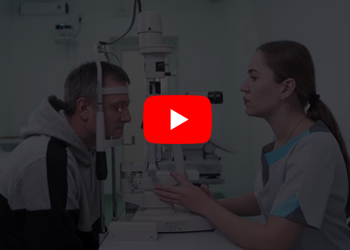What is central serous chorioretinopathy ?
Central serous retinopathy is a medical condition that occurs when fluid builds up behind the retina in your eye. The fluid can cause your retina to detach, leading to vision problems or vision loss. Your retina is a layer of tissue behind each eye. It senses light and translates it into images your brain can understand. The condition is also called central serous chorioretinopathy.




